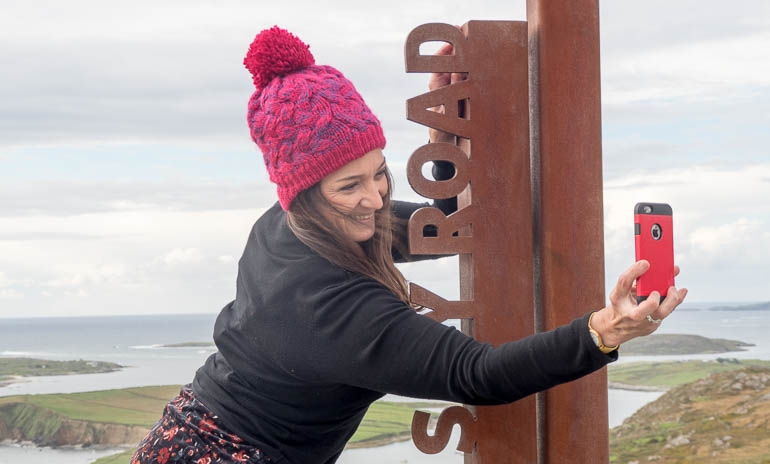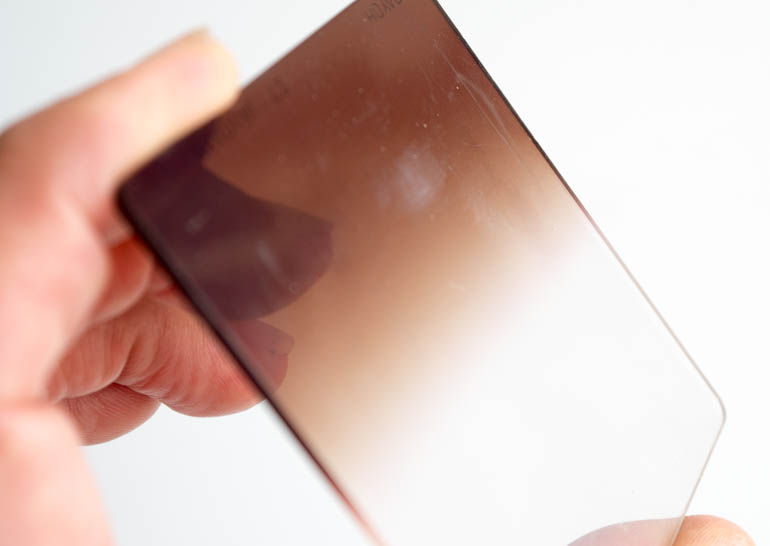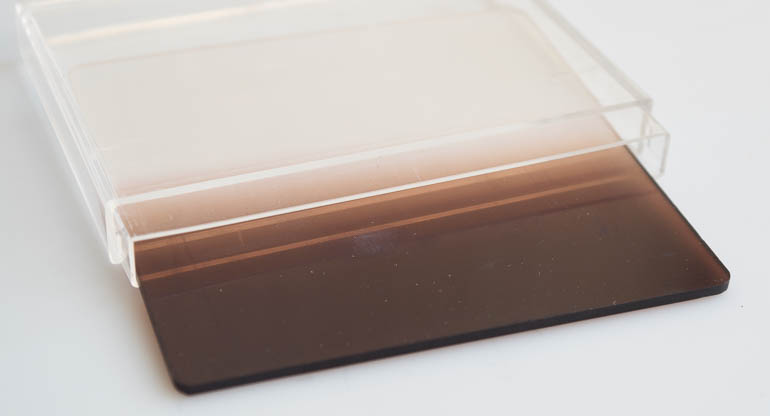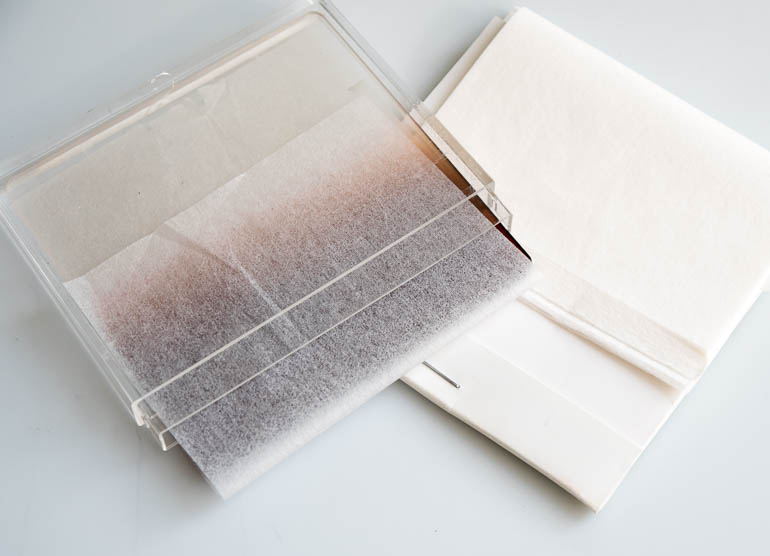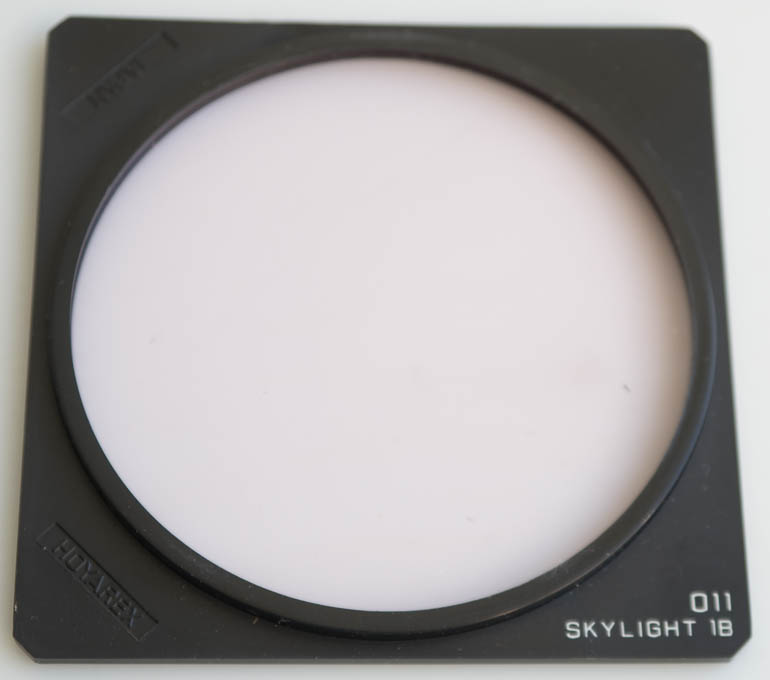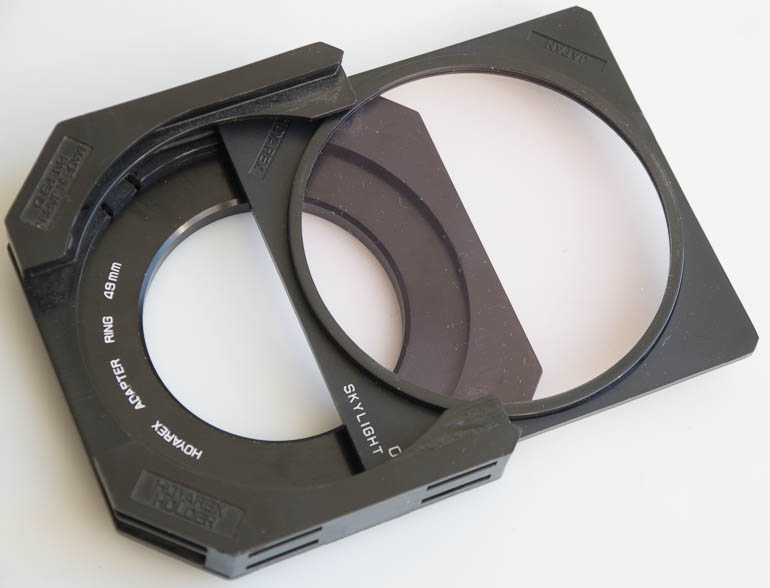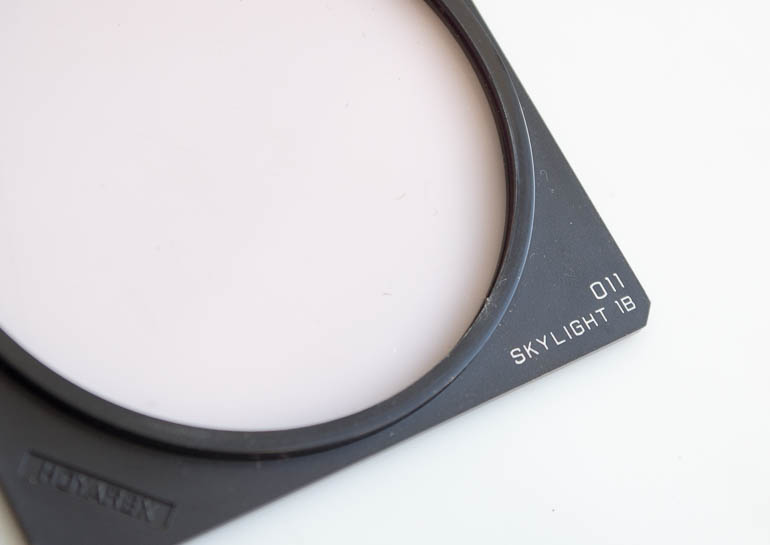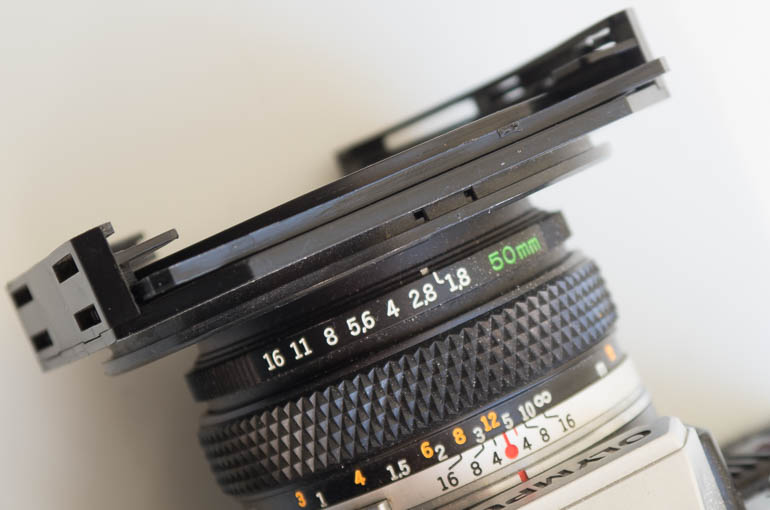Where ever you go these days you will see people in beautiful or historic locations with their cameras pointing at themselves rather than at the scene in front of them. The rise of social media is the cause. And our need to tell people where we are, what we are doing, what we are eating, in the form of a photograph – the selfie!
In the past photographers would set up their camera pointing back at themselves and activate a timer. This would give the photographer 10 or 12 seconds to go back in front and adjust his/her clothing and posture before the camera shutter triggered. Smile!
But as cameras were added to mobile phones, along came a new breed of photographers who didn’t know what a tripod was and hadn’t a clue about the self timer mode. And as the numbers grew, so did social media, and so the new photographers just turned the phone around and photographed themselves. And then phone manufacturers adapted, so the lens appeared on the front and back of the phone and the rest is history. We now have a deluge of people taking photos of themselves. And we have manufacturers and innovators scratching their heads to come up with products that satisfy this need to photograph ourselves. The most popular gadget has been the selfie stick…an extendable pole with a phone mount on one end and a hand grip on the other.
But this method, like hand holding, always means the camera is connected to the body and sometimes the results show with an awkwardly extended arm. That’s why I still prefer the older and more traditional self-timer option. And you can get an app for your phone that adds a self-timer. All you need then is a minipod to hold the phone…unless you rest it on a table or shelf. Check out the minipods and supports on Photographyattic: Tripods and other camera supports
One of the most adventurous selfie products I’ve seen is the Air Selfie…recently announced with a pre order offer price of 260 Euros.
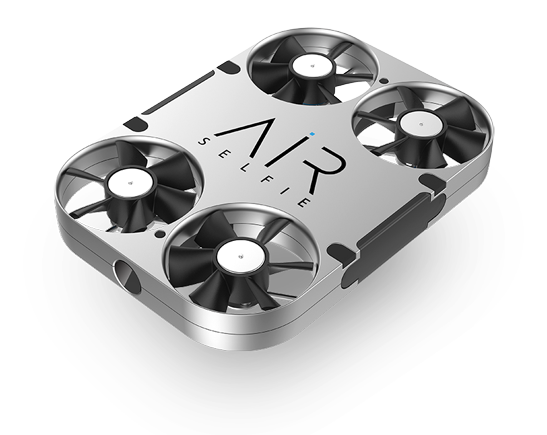
The AirSelfie is a pocket-size camera with a turbo fan that propellers to thrust the camera up to 20 meters in the air. It connects with your smartphone so you can take 5 MP HD photos or video of you and your friends from the sky. Possibly a little crazy price for most, but no doubt we will be seeing more aerial selfies in the future…especially when the Chinese copy the idea and knock them out on ebay for 39 dollars or so.
